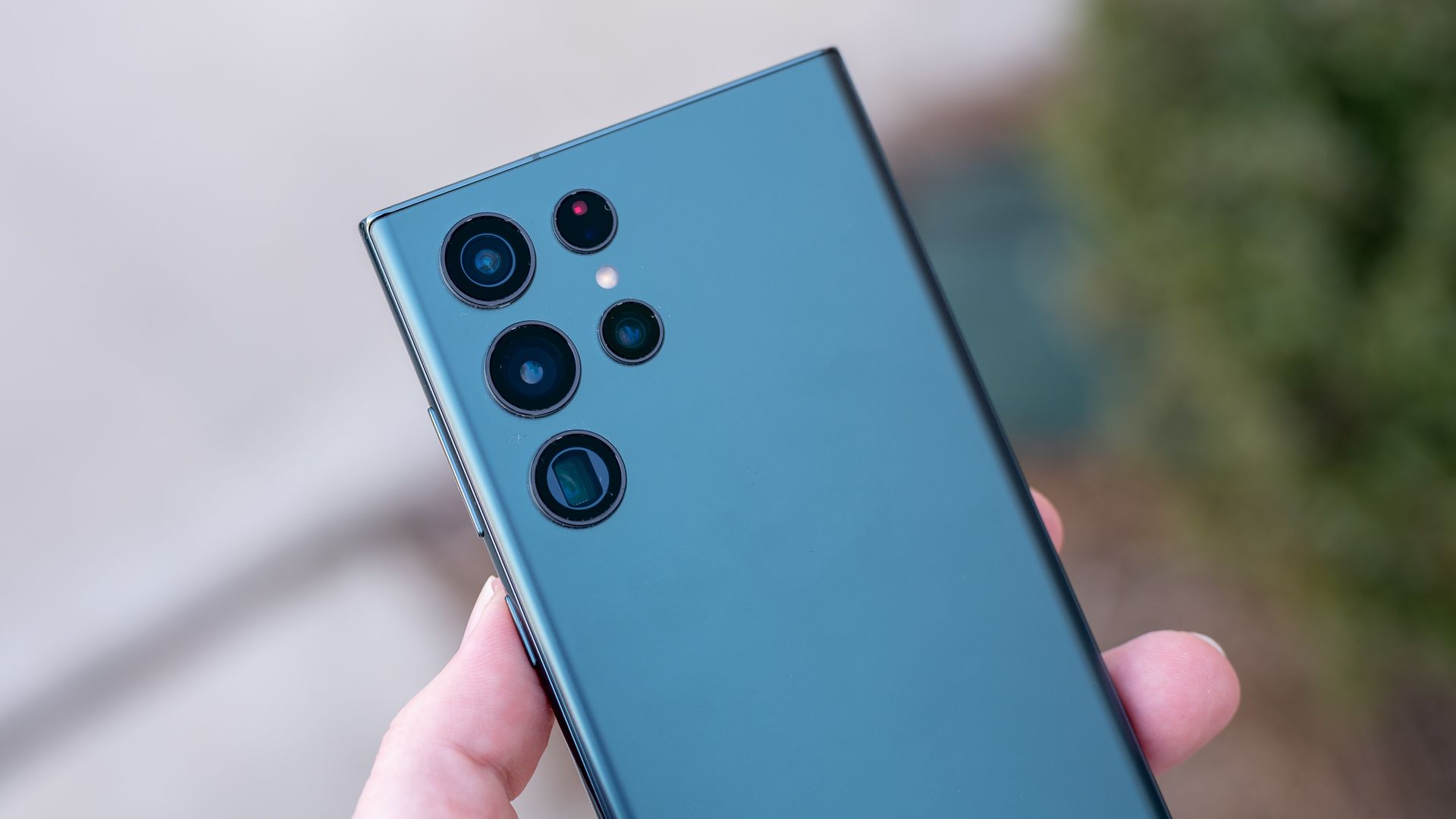#Why EV Battery Tech Might Power Your Phone Soon – Review Geek

Table of Contents
“Why EV Battery Tech Might Power Your Phone Soon – Review Geek”

Smartphones manufacturers are always trying new tricks to get the most out of our pocket-sized computers, and now, Samsung plans to transition its EV battery technology to smartphones. A move which could help the company offer bigger batteries in phones.
Samsung SDI is an extension of its parent company, and one of the many products it manufacturers is battery cells for electric vehicles. In fact, it’s one of the leaders in EV battery technology. Last year, Samsung SDI started producing 5th-Gen batteries for EVs using a newer “stacking method” instead of the current “jelly roll” winding style. As a result, the battery cells are packed tightly together, wasting less space, resulting in higher capacities.
According to a report from the Korean site The Elec, Samsung SDI will be adopting this same method for smartphones, which will eventually make our phones last even longer without making them bigger or thicker.

The image above gives you a good visual of this technology. By stacking the battery cells, rather than winding them up like a roll, manufacturers can fit more battery capacity in the same space.
For example, by using the stacking method, Samsung could increase the battery in the Galaxy S22 Ultra from 5,000 mAh to 5,500 mAh for the upcoming Galaxy S23 Ultra, all without taking up more space in the phone. As a result, it’ll have more room for improved cameras, the S-Pen, and faster wireless charging, not to mention help increase battery life on foldables.
Transitioning a battery manufacturing plant to the stacking method is undoubtedly an expensive process. Still, it’ll result in lower costs once it’s up and running while increasing Samsung’s Lithium-Ion battery lifecycles by upwards of 10%. Meaning your phone battery will get bigger, be more durable, safer, and last longer.
The report states that Samsung’s currently testing the process on pilot lines at one manufacturing plant and hopes to have more up and running soon. So while it’s unclear when Samsung will deliver this tech for smartphones, we have a feeling it’ll be sooner rather than later.
via XDA Developers
If you liked the article, do not forget to share it with your friends. Follow us on Google News too, click on the star and choose us from your favorites.
For forums sites go to Forum.BuradaBiliyorum.Com
If you want to read more like this article, you can visit our Technology category.




